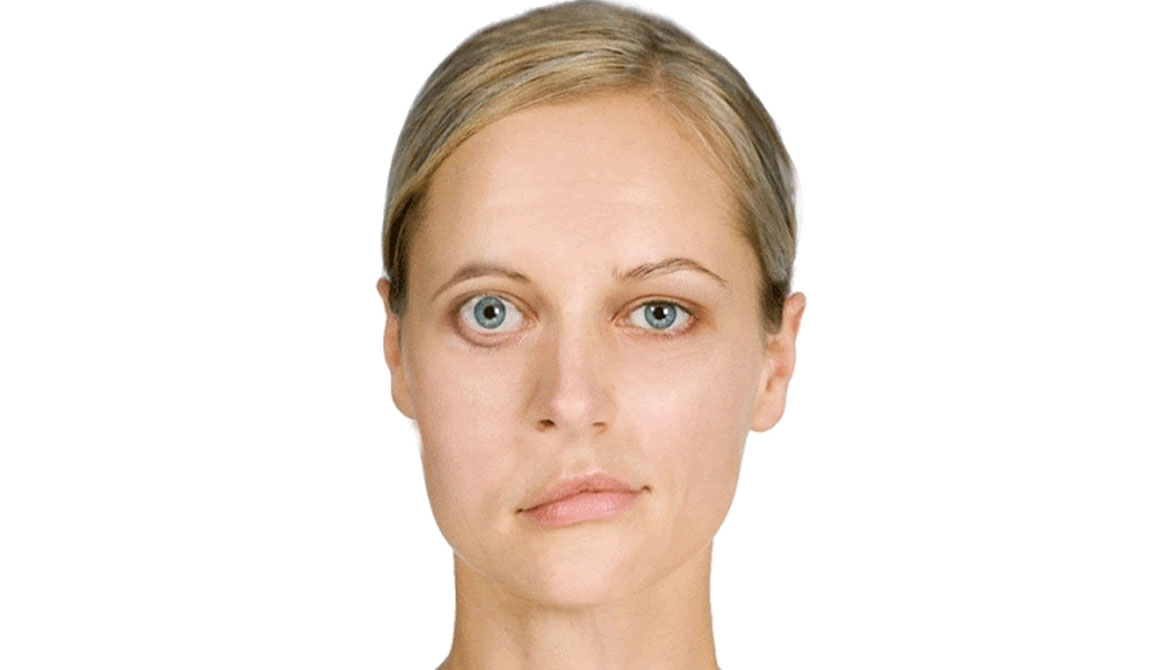Facial Paralysis: Symptoms, Causes, and Effective Treatment Methods
The facial expressions we make throughout the day, often without thinking, are made possible by a complex network of nerves. Facial paralysis occurs when the facial nerve (the 7th cranial nerve), which controls this system, is damaged. This condition can affect many facial movements, from blinking to smiling, leading to noticeable facial asymmetry and muscle weakness. Although it can appear suddenly and be caused by different factors, facial paralysis is usually a treatable condition.
Possible Causes of Facial Paralysis
The majority of facial paralysis cases are due to Bell’s palsy, a temporary nerve dysfunction with no known specific cause. However, many underlying conditions can impair the function of the facial nerve:
- Viral and Bacterial Infections: Especially herpes virus, as well as infections around the ear and face, can affect the nerves and cause paralysis.
- Trauma and Head Injuries: Accidents, blows, or surgical procedures can compress the nerve and increase the risk of paralysis.
- Tumors and Masses: Any mass developing along the facial nerve can compress it and interfere with facial movement.
- Rheumatic Diseases: Autoimmune diseases can disrupt nerve function due to an overactive immune response.
- Diabetes and Endocrine Disorders: Blood sugar imbalance and hormonal issues can negatively impact nerve nourishment.
- Sudden Temperature Changes and Cold Exposure: Sudden exposure of the facial nerve to cold can temporarily disrupt muscle function.
Facial paralysis can occur at any age but is more common during cold weather, in individuals with weakened immune systems, or those with chronic illnesses.
Differences Between Central and Peripheral Facial Paralysis
Facial paralysis is classified into two main categories depending on where the nerve is damaged:
- Central Facial Paralysis: Occurs when the part of the brain that controls facial muscles is damaged. This is usually caused by brain hemorrhage, stroke, or neurological diseases. Only the lower part of the face is affected, and patients can typically still move their forehead.
- Peripheral Facial Paralysis: Happens when damage occurs anywhere along the facial nerve after it leaves the brain. It is more common and is often referred to as Bell’s palsy. It can affect both the upper and lower parts of the face.
Symptoms of Facial Paralysis
Facial paralysis typically presents as sudden weakness on one side of the face. Common symptoms include:
- Noticeable facial asymmetry (e.g., the mouth pulling to one side while speaking or crying)
- Inability to fully close the eye and reduced tear production
- Inability to wrinkle the forehead or raise the eyebrows
- Immobility of the nostril on the affected side
- Changes or loss in taste sensation
- Reduced saliva production and dry mouth
- Difficulty puckering lips or whistling
In some cases, symptoms may be mild, while in others, the facial muscles may become completely immobile.
Diagnostic Process: How Is Facial Paralysis Diagnosed?
Facial paralysis is usually diagnosed based on clinical symptoms. However, further tests may be required to determine any underlying cause:
- EMG (Electromyography): Measures electrical activity in the nerve to assess the severity of damage.
- MRI or CT Scan: Used to detect tumors or brain-related conditions.
- Blood Tests: Performed to investigate infections, diabetes, or immune system disorders.
These tests are especially important in recurrent cases or when recovery is prolonged.
Effective Treatment Methods for Facial Paralysis
Treatment varies depending on the cause and severity of the condition. Early intervention is the most critical factor for faster recovery.
Medical Treatment
- Corticosteroids: Reduce inflammation of the nerve and promote healing.
- Antiviral medication: Used when a viral infection (e.g., Herpes Simplex) is detected.
- Vitamin B supplements: May support nerve repair and regeneration.
- Eye protection therapy: Artificial tears and nighttime eye patches are used to prevent dryness.
Physical Therapy and Facial Exercises
- Balloon blowing
- Chewing gum
- Facial strengthening exercises
- Eye exercises and facial massage
These practices help restore nerve function and accelerate recovery.
Surgical Treatment Options
Surgery may be necessary in cases of permanent paralysis or structural damage to the nerve. It is especially required when paralysis is caused by trauma or tumors.
Recovery Process and Prognosis
Most patients show noticeable improvement within 2–3 weeks, and approximately 80% recover completely without surgical intervention. In some cases, recovery may take up to a year, and around 10% of patients may experience permanent nerve damage.
Although recurrent facial paralysis is rare, autoimmune diseases and chronic infections may increase the risk.
Conclusion
Facial paralysis is a sudden-onset but often treatable neurological condition. Early diagnosis and appropriate treatment are crucial for recovery. If you experience sudden facial weakness or asymmetry, consult an ENT or Neurology specialist as soon as possible for proper evaluation and care.


